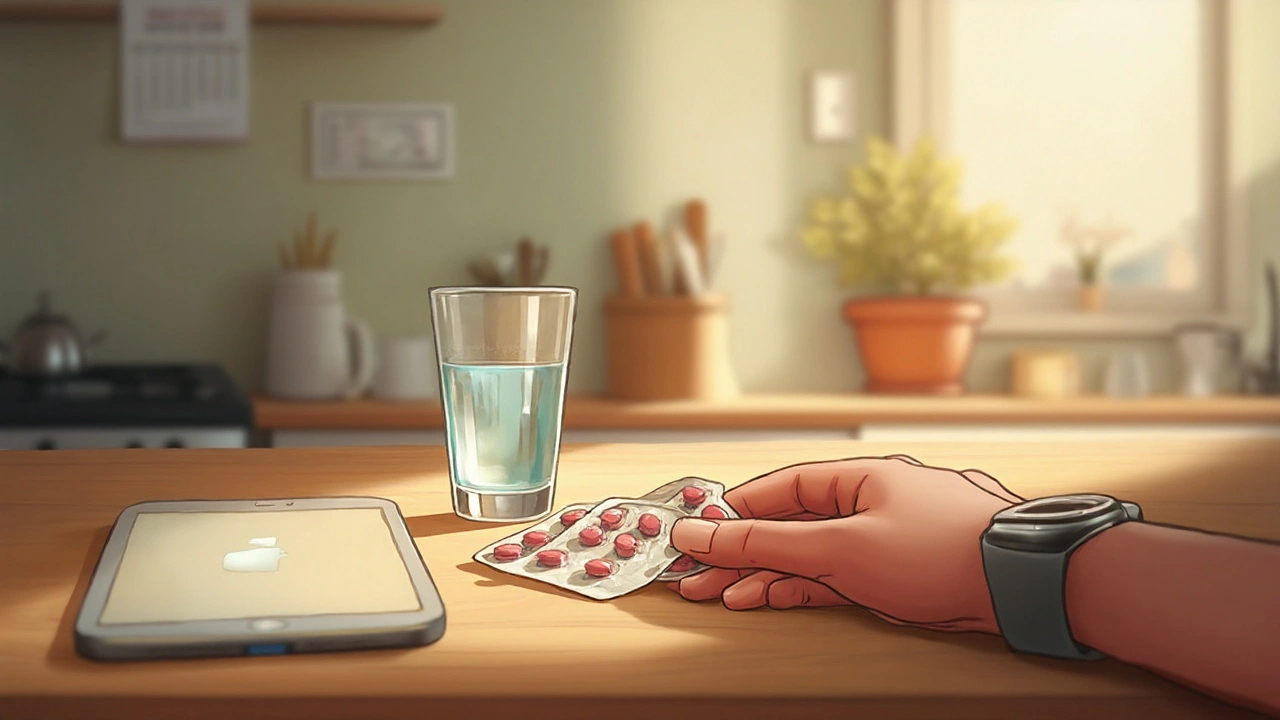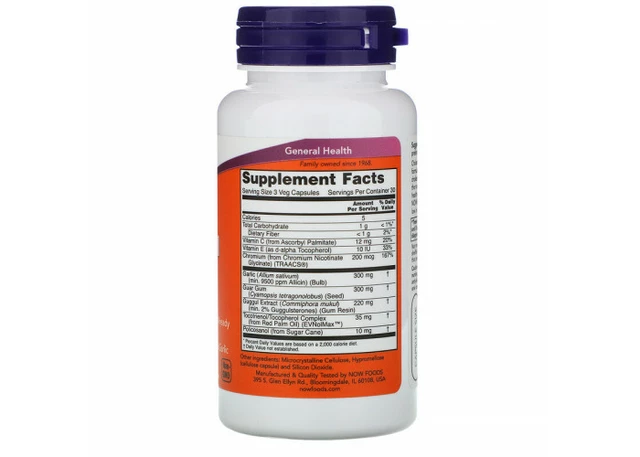Minocin is a brand‑name formulation of the tetracycline antibiotic minocycline. If you’re reading this, you probably want to know whether it’s right for you, how to use it safely, and what to expect.
TL;DR - Quick Takeaways
- Minocin treats acne, urinary tract infections, respiratory infections, and certain STIs.
- Typical adult dose: 100mg twice daily; pediatric dosing depends on weight.
- Common side effects: nausea, dizziness, photosensitivity; rare but serious risks include liver injury and autoimmune hepatitis.
- Take with a full glass of water, avoid dairy/antacids within 2hours, and stay out of the sun.
- Check with your doctor before combining with blood thinners, birth control pills, or seizure meds.
What Exactly Is Minocin?
Minocin is the commercial name for minocycline, a broad‑spectrum tetracycline antibiotic. It works by inhibiting bacterial protein synthesis, effectively stopping bacteria from growing. Because it’s lipophilic, it penetrates tissues (including the skin and the central nervous system) better than older tetracyclines, which is why dermatologists often favor it for moderate to severe acne.
In NewZealand and many other countries, Minocin is prescription‑only. The drug is supplied as 100mg tablets, though some markets also offer a 20mg chewable form for children.
When and Why Is Minocin Prescribed?
Doctors turn to Minocin for a handful of infections where its tissue‑penetrating ability offers an edge:
- Acne vulgaris - especially inflammatory lesions that haven’t responded to topical therapy.
- Uncomplicated urinary tract infections (UTIs) caused by susceptible bacteria.
- Respiratory tract infections like bronchitis or pneumonia caused by atypical organisms (e.g., Mycoplasma pneumoniae).
- Sexually transmitted infections such as chlamydia when a tetracycline is indicated.
- Certain skin infections, including erythema nodosum and some forms of cellulitis.
It’s not a first‑line option for life‑threatening infections; clinicians usually reserve it for cases where the organism is known to be sensitive, or when the patient can’t tolerate alternatives.

How to Take Minocin - Dosage, Timing, and Tips
Dosage varies by condition, age, and kidney function. Below is a practical cheat‑sheet:
- Adults: 100mg taken orally twice a day (every 12hours). For acne, some dermatologists start with 50mg daily for two weeks before moving to the full dose.
- Children (≥8years): 1.5mg per kilogram of body weight per dose, twice daily. Weight‑based calculators are available on most pharmacy websites.
- Renal impairment: Reduce dose by 50% if creatinine clearance <30mL/min.
Key administration tips:
- Swallow the tablet with a full glass (≈240mL) of water.
- Avoid taking it with dairy products, calcium‑rich foods, or antacids within two hours - they bind to the drug and cut absorption.
- Take it on an empty stomach if possible, but if you experience stomach upset, a small snack won’t ruin the dose.
- Never split or crush extended‑release tablets unless prescribed to do so.
- If you miss a dose, take it as soon as you remember-unless it’s almost time for the next scheduled dose, then skip the missed one. Don’t double‑dose.
Store the medication at room temperature, away from moisture and direct sunlight. If you travel abroad, keep the bottle in a carry‑on bag to avoid temperature extremes in the hold.
Potential Side Effects, Interactions, and Safety Warnings
Like any drug, Minocin has a side‑effect profile that ranges from mild to severe. Being aware helps you act quickly if something feels off.
Common, usually harmless effects
- Nausea, vomiting, or loss of appetite.
- Dizziness or light‑headedness-best to avoid driving until you know how you react.
- Photosensitivity: your skin can burn more easily. Use sunscreen (SPF30+) and wear protective clothing.
- Discoloration of teeth (more common in children under 8). This is why the drug is not recommended for younger kids.
Rare but serious reactions
- Hepatotoxicity (liver inflammation) - watch for jaundice, dark urine, or severe fatigue.
- Autoimmune hepatitis or drug‑induced lupus - joint pain, fever, rash.
- Severe allergic reactions (anaphylaxis): swelling of face/tongue, difficulty breathing.
- Blood disorders such as agranulocytosis (low white‑blood‑cell count) - increased infection risk.
If any of the serious signs appear, seek medical help immediately.
Drug interactions you should know
- Anticoagulants (e.g., warfarin) - Minocin can enhance bleeding risk.
- Oral contraceptives - efficacy may drop; use backup contraception.
- Isotretinoin - higher chance of intracranial hypertension.
- Phenobarbital, phenytoin, carbamazepine - they speed up Minocin’s breakdown, reducing effectiveness.
Always hand your pharmacist a full medication list, including over‑the‑counter supplements.
Special populations
- Pregnancy & breastfeeding: Generally avoided. Animal studies suggest risk of fetal tooth discoloration and bone growth inhibition.
- Elderly: Lower kidney function may require dose adjustment; watch for dizziness to prevent falls.
Practical FAQs, Costs, and Next Steps
Below are the questions people most often ask after reading about Minocin.
- How much does Minocin cost in NewZealand? A 30‑tablet pack of 100mg usually runs around NZ$25‑30 on the PBS, but private prescriptions can be higher. Ask your pharmacist about generic minocycline, which is often cheaper.
- Is there a generic version? Yes. Minocycline tablets are widely available as a generic, offering the same potency at a lower price.
- Can I take Minocin for a viral infection? No. It’s an antibiotic, only effective against bacteria. Using it for a virus contributes to resistance.
- What should I do if I develop a rash? Stop the medication and contact your doctor. A mild rash might be a harmless side effect, but any spreading or blistering rash needs urgent review.
- Do I need lab tests while on Minocin? Your doctor may order liver function tests if you’re on a prolonged course (≥6weeks) or have a history of liver disease.
**Next steps**: If you’ve been prescribed Minocin, follow the dosing schedule exactly, keep a medication diary for the first week, and schedule a follow‑up appointment if you’re on treatment longer than three months. If you haven’t spoken to a GP yet and suspect an infection that might need Minocin, book a consultation-self‑medicating with leftover tablets is risky.
Staying informed and adhering to the guidance above maximizes the chances of a smooth recovery and minimizes unwanted side effects.






Peter Richmond
September 21, 2025 AT 05:00Minocin is frequently prescribed for moderate to severe acne, yet it is essential to verify the dosage with your physician, especially if you have a history of liver issues.
Bonnie Lin
September 26, 2025 AT 12:46Take the tablet with a full glass of water and avoid dairy or antacids for two hours to improve absorption
sara fanisha
October 1, 2025 AT 20:33Stick to the twice‑daily schedule and you’ll likely notice clearer skin in a few weeks – keep it up!
Tristram Torres
October 7, 2025 AT 04:20People treat Minocin like a miracle cure, but it is just another antibiotic with side effects you can’t ignore
Celeste Flynn
October 12, 2025 AT 12:06Minocin, also known as minocycline, belongs to the tetracycline class of antibiotics.
It works by preventing bacteria from producing proteins needed for growth.
Because the molecule is lipophilic, it penetrates skin and even the central nervous system more effectively than older tetracyclines.
This property makes it a popular choice for inflammatory acne that has not responded to topical agents.
The typical adult regimen for acne is 100 mg twice a day, although some dermatologists start with a lower dose to reduce gastrointestinal upset.
For urinary tract infections or atypical pneumonia the same dosing often applies, but weight‑based calculations are used for children over eight years.
Patients should swallow the tablets with plenty of water and remain upright for at least thirty minutes to minimize irritation of the esophagus.
Dietary calcium, iron supplements, dairy products and antacids can bind the drug, so they should be taken at least two hours apart.
Common side effects include nausea, dizziness and increased sensitivity to sunlight.
To protect against photosensitivity a broad‑spectrum sunscreen should be applied daily and direct sun exposure should be limited.
Rare but serious adverse events such as drug‑induced hepatitis or autoimmune reactions have been reported, so liver function tests may be ordered for long‑term therapy.
Interaction with oral contraceptives can reduce their effectiveness, therefore an additional non‑hormonal method is advisable while on therapy.
The medication may also enhance the anticoagulant effect of warfarin, so more frequent INR monitoring is recommended for patients on blood thinners.
If you experience severe headaches, visual changes or unexplained joint pain you should contact your healthcare provider promptly.
Discontinuation should be done under medical supervision to avoid a rebound of infection or acne flare.
Overall, when used as directed and with appropriate monitoring, Minocin can be a safe and effective component of a comprehensive dermatologic or infectious disease treatment plan.
Jinny Shin
October 17, 2025 AT 19:53While the comprehensive overview is appreciated, the tone borders on theatrical exposition rather than pragmatic guidance, leaving the reader yearning for succinct clinical pearls.
deepak tanwar
October 23, 2025 AT 03:40Although the article lists the standard 100 mg twice‑daily schedule, many clinicians start patients at a reduced dose of 50 mg daily for the first two weeks to assess tolerance and mitigate photosensitivity.
Abhishek Kumar
October 28, 2025 AT 11:26Looks like a copy‑paste from a pharmacy brochure
hema khatri
November 2, 2025 AT 19:13Our doctors know better what to prescribe for our skin-don’t trust foreign guidelines!!!
Jennell Vandermolen
November 8, 2025 AT 03:00If you’re starting Minocin remember to use sunscreen and stay hydrated it will help reduce photosensitivity
Mike Peuerböck
November 13, 2025 AT 10:46Embarking on a Minocin regimen can feel like stepping into a vibrant canvas of clearer skin; with diligent adherence and protective measures you’ll paint a healthier complexion while safeguarding your liver and eyes.
Simon Waters
November 18, 2025 AT 18:33Some whisper that Minocin is part of covert research programs, yet the mainstream narrative insists it is merely an acne medication, obscuring the hidden agenda.
Vikas Kumar
November 24, 2025 AT 02:20It is infuriating to see a foreign drug promoted without acknowledging our own traditional remedies, but I prefer to keep my thoughts to myself.